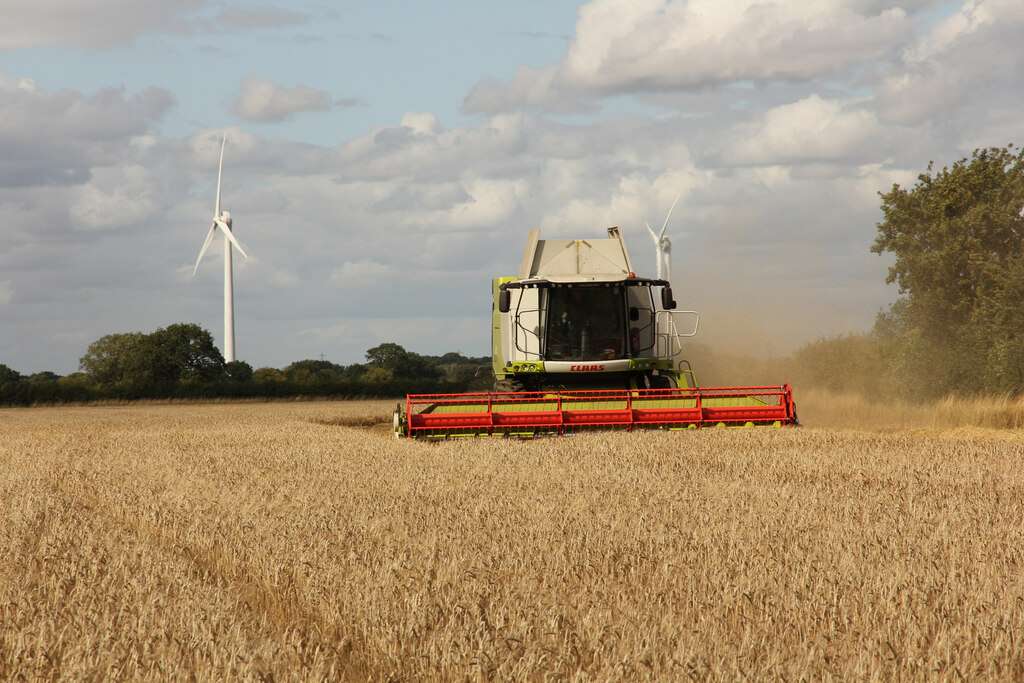For many farmers in the UK harvest is now in full swing and one of the first crops to be harvested is barley, or specifically winter barley (read on to find out more about ‘winter’ barley!). But what is this crop used for and how do farmers know when to harvest it?
Barley, along with wheat, is probably one of the best known cereal grains.
Around 70% of barley grown globally is used for animal feed, with the remaining 30% used for producing various food and drink products, especially beer, with the barley being used to produce malt. There are many different varieties of barley and each one creates a slightly different malt which in turn will produce a slightly different beer or whisky, if being used for alcoholic beverages. For farmers, malting barley will always be a more valuable crop than barley produced for animal feed and so some farmers go to great lengths to ensure they have a high quality grain.
How and when is barley harvested?
Barley is harvested using a combine harvester. The principles behind the workings of the combine have remained similar for decades, although the machines are now a lot bigger than they were forty years ago.
‘Winter’ varieties will begin to be harvested in late June, running through into July. ‘Spring’ varieties will ripen slightly later and harvest will often begin in July or August.
For winter barley many farmers will achieve around 8 tonnes per hectare. For spring barley yields will usually be slightly lower.
When the weather is changeable it can be a difficult time for farmers as they need to keep the moisture level of the grain low to ensure the best quality for their customers and to make sure that the grain does not rot.
Once the combine has harvested the crop from the field, a tractor and trailer will transport the grain to a grain store where it will cleaned and then stored before the customer transports it to the next stage of its journey (which could be to a maltster or to a livestock farmer).
The barley straw will either be chopped back into the ground or be sold off the farm to go for animal feed or bedding.
How does a farmer know when their barley crop is ready to harvest?
- The spikes (heads) of the barley plant will be a golden colour and nodding downwards (they nod further down as they lose more moisture).
- The seed will be difficult to break with a fingernail and crack when biting with teeth.
- The farmer will take a reading of the moisture content of the grain.
- The weather will be dry (to not risk gaining further moisture)
‘Spring’ v ‘Winter’ barley
You may hear a farmer refer to ‘spring’ or ‘winter’ barley. What do they mean by this?
Well, ‘winter’ barley crops are drilled (sown) mainly in the September-November period before harvest. ‘Spring’ barley is sown in the February-May period before harvest.
The further north you go in the UK (or in the US) the later the crop will usually ripen, so in the UK, farmers in the north of Scotland will often be the last to complete harvest.
‘Winter’ barley is typically used for brewing ales and lagers. ‘Spring’ barley is often used more widely across brewing and distilling. Maltsters and distillers need to be precise with what they are looking for in order to make the best quality product for their own customers.
So, next time you see a combine harvester or a tractor heading along the road, think about whether the crop they are harvesting or transporting may be barley.
Image credit: Richard Croft (available here and available under this creative commons license)

